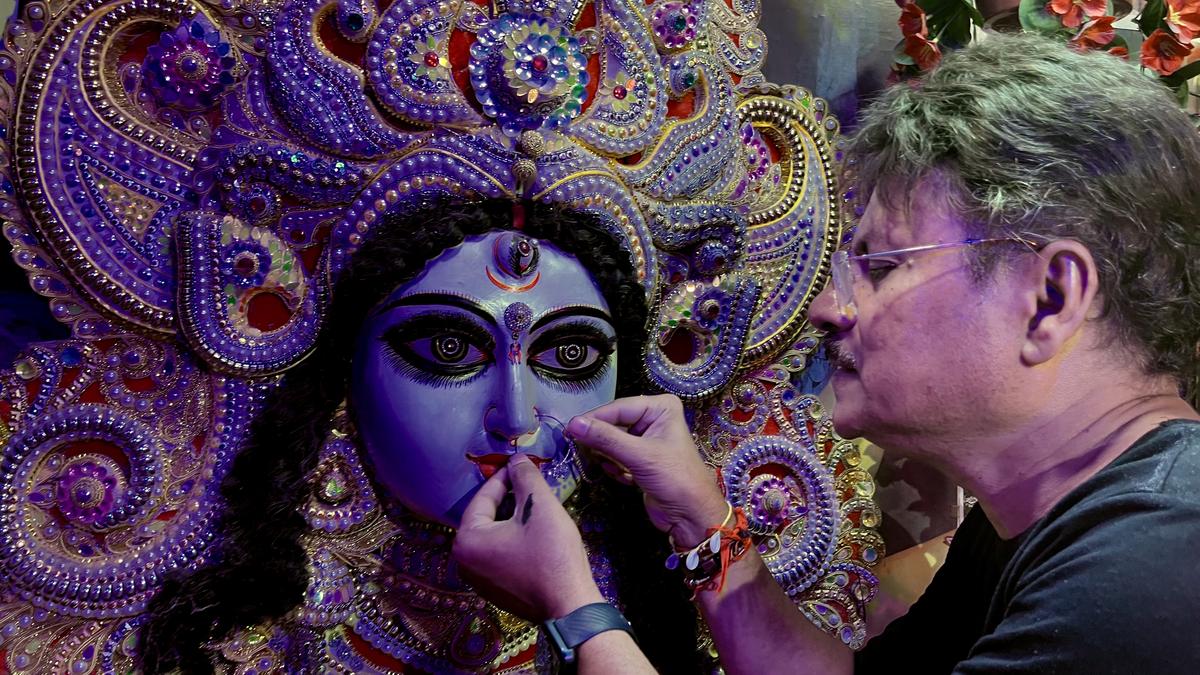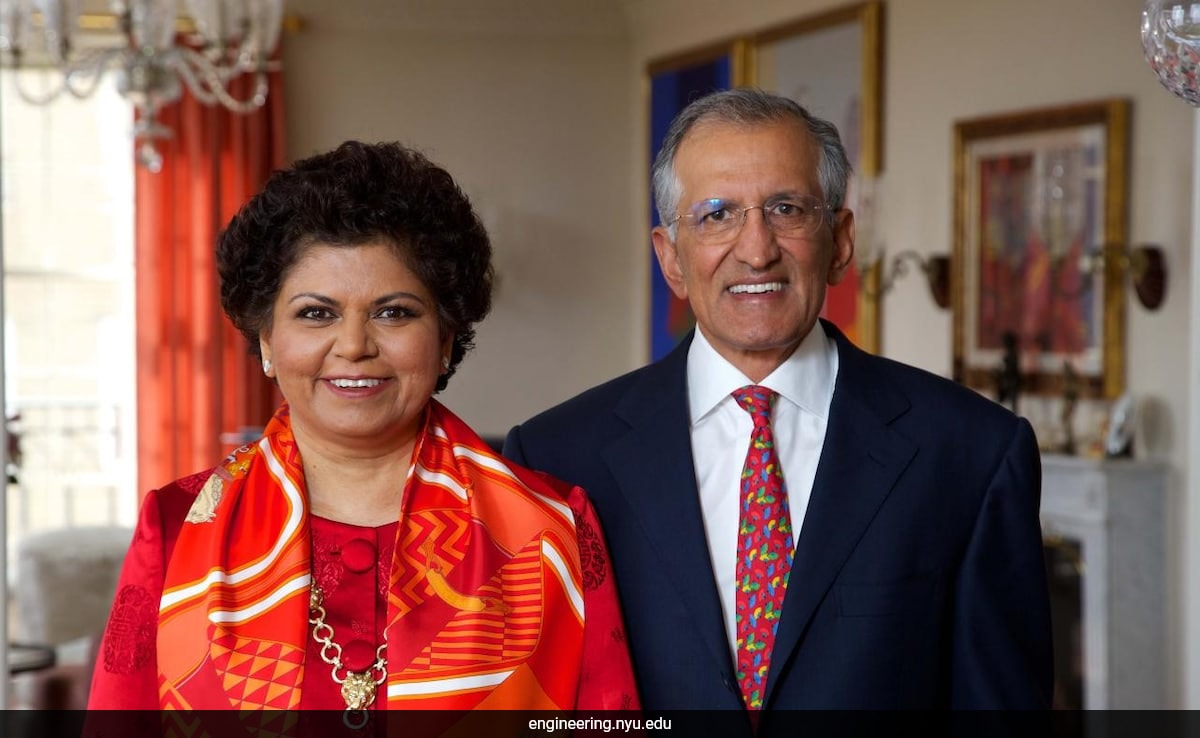Brothers Pradeep and Kapil Negi from Himachal’s Shillai village married the same woman named Sunita Chauhan, while embracing the tribal tradition of polyandry. Their videos have quickly gained widespread attention from social media. Netizens have found its origins from Mahabharata.
The trio stated there was no pressure on them when they finalised their decision. Traditional folk songs and dances brought vibrant energy to the ceremony, which started on July 12 and continued for three days in the Trans-Giri region of Sirmaur district.
What do the trio say?
Originating from Kunhat village, Sunita expressed that she knew about the tradition beforehand and made her choice freely, highlighting her respect for the connection they share.
Pradeep, a native of Shillai village, holds a government job, whereas his younger brother Kapil is employed abroad.
Although Kapil lives overseas, he said that through this marriage, “we’re ensuring support, stability and love for our wife as a united family”, adding, “We’ve always believed in transparency.”
“We followed the tradition publicly as we are proud of it and it was a joint decision,” PTI quoted Pradeep as saying.
Netizens react
One of the users said, “Believe it or not – This is true. Origins of it are from Mahabharata. They follow the tradition of Droupadi having 5 husbands – the Pandavas! All brothers from a household marry the same girl!” Another said, “Just because its some old custom. Doesn’t mean it has to be a good on.” A third quipped, “are🤔 zameen vivaad se bach jaynge.” “Polyandry was common in some parts of India and still prevalent. It was basically to avoid division of land due to poverty,” commented a fourth user.
Hatti, a close-knit community located on the Himachal Pradesh-Uttarakhand border, was officially recognised as a Scheduled Tribe three years ago. Polyandry was a longstanding custom within this tribe for centuries. However, due to increasing literacy among women and the economic development of communities in the region, reports of polyandrous marriages have become rare.
Village elders noted that such marriages still occur, but they are conducted discreetly and socially accepted, although these instances are fewer in number. Experts explain that a primary reason behind this tradition was to prevent the division of ancestral land. Despite this, the issue of tribal women’s share in ancestral property remains a significant concern.
The Hatti community consists of nearly 300,000 people residing across approximately 450 villages in the Trans Giri area of Sirmaur district. Polyandry continues to be practiced in some of these villages. The tradition was also common in Jaunsar Babar, a tribal region in Uttarakhand, as well as in Kinnaur, a tribal district in Himachal Pradesh.






